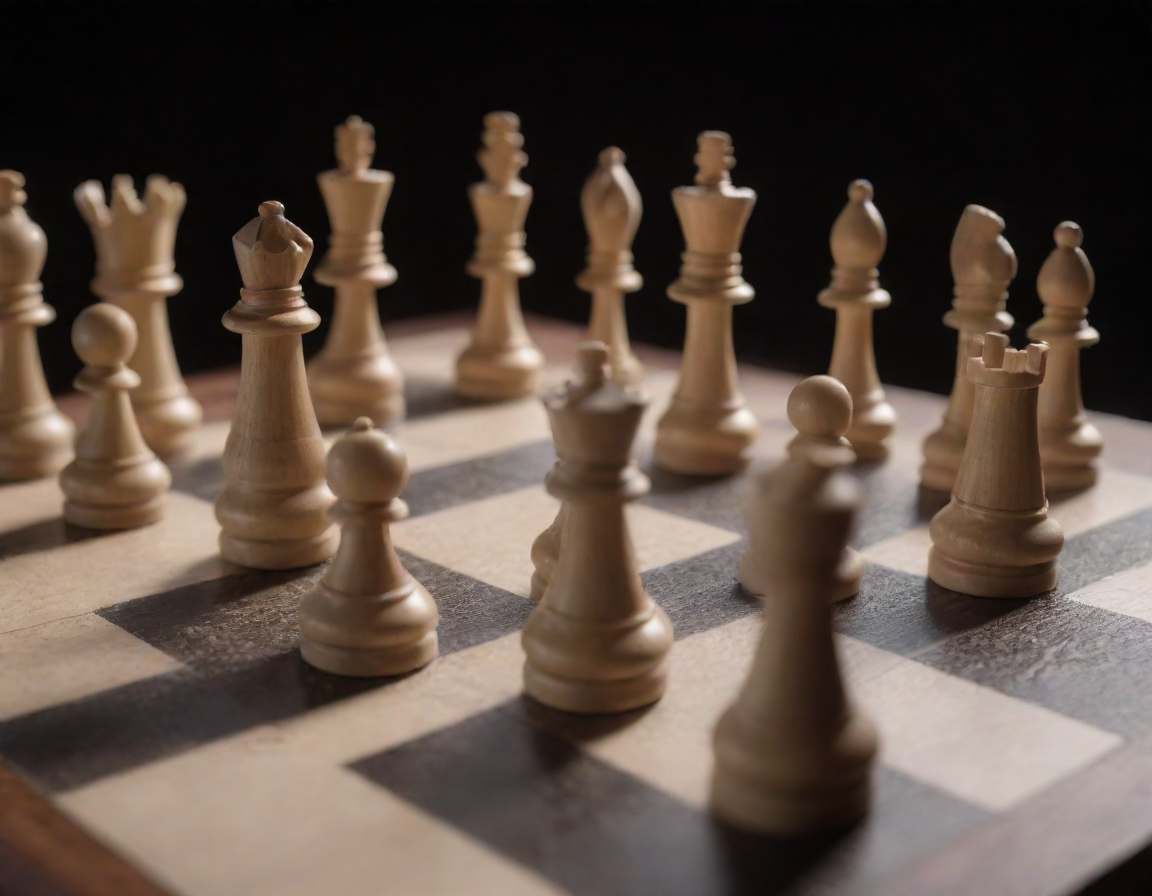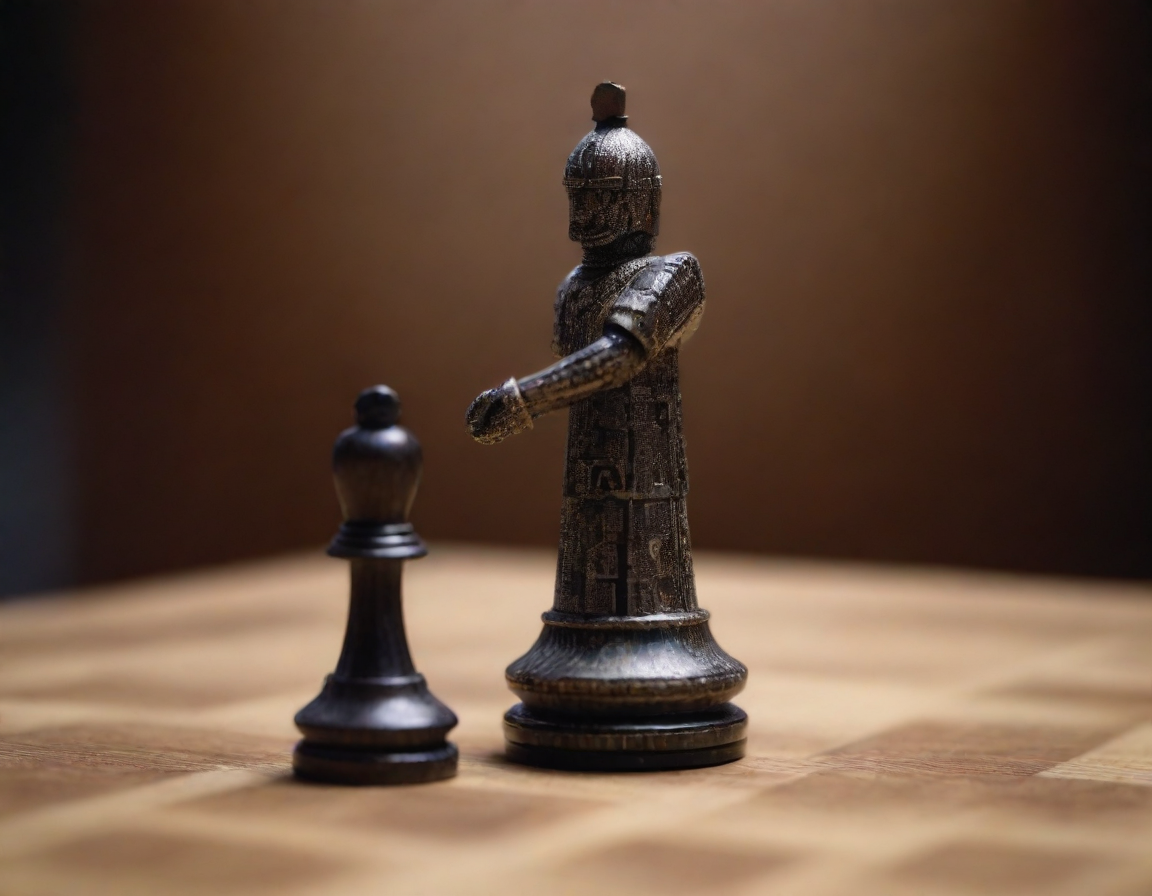Understanding AI: The Journey of Deep Blue, Chess Champion
Deep Blue: The Computer that Defeated a World Chess Champion
In a historic chess showdown that captivated the world in 1997, IBM’s Deep Blue computer faced off against Garry Kasparov, reigning world chess champion of the time. This match marked the first time a reigning world chess champion lost to a computer under standard chess tournament conditions, heralding a new era in Artificial Intelligence.
Genesis of a Chess-Playing Computer
The story of Deep Blue began in the 1980s at Carnegie Mellon University, where a team of researchers dreamed of creating a computer that could defeat the world’s best chess players. As computational power increased, so did the capabilities of chess engines. Deep Blue was the culmination of this development, embodying both brute force computing power and sophisticated chess algorithms.

The 1996 Prelude: Kasparov vs. Deep Blue
Prior to their 1997 rematch, Kasparov and Deep Blue met in 1996. Kasparov emerged victorious, adapting to the machine’s playing style and winning 4-2. However, this encounter gave IBM’s team crucial insights into improving Deep Blue’s performance.
The 1997 Epic Showdown
The rematch in 1997 unfolded over six games and drew global attention. The match was intense, with each side having its share of victories. Deep Blue’s triumph in the final game shocked the world and illustrated that machines could, indeed, possess superior analytical capabilities.
Implications for AI and Machine Learning
Deep Blue’s victory was not just about chess; it was a milestone in the field of AI.

Interested in the incredible tale of Deep Blue and want to learn more? Join the conversation and share your thoughts with us in the comments section below!






